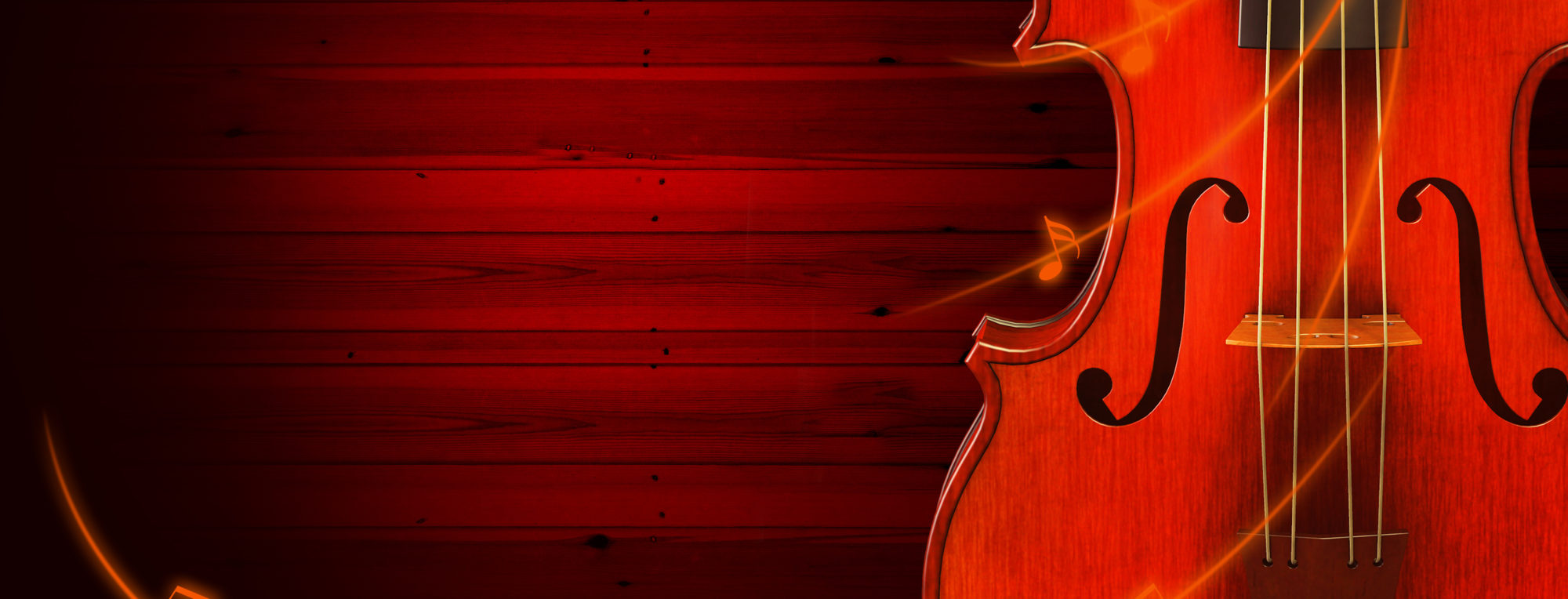In the music industry, your sound matters—but so does your image. Fashion is a powerful tool for artists who want to stand out, build a recognizable brand, and leave a lasting impression. Whether you’re stepping on stage, posing for a press photo, or posting on social media, how you present yourself visually can shape how people perceive your music—even before they hear a single note.
Here are 10 fashion tips to help you make your mark in the music world.
1. Understand Your Brand Identity
Before jumping into trends or aesthetics, take time to understand your personal brand. What message does your music send? Are you edgy and rebellious, polished and pop-driven, soulful and nostalgic, or quirky and experimental? Your fashion choices should reflect and amplify your musical vibe. Aligning your style with your sound helps audiences instantly connect with your artistic vision.
2. Develop a Signature Look
Think of the artists who inspire you—chances are, you can picture their style immediately. Whether it’s Prince’s flamboyant glam, Billie Eilish’s oversized streetwear, or Harry Styles’ gender-fluid fashion, legendary artists often have a consistent visual identity. Creating your own signature look—like always wearing a certain color, accessory, or silhouette—can help make you more memorable and recognizable, especially in a crowded market.
3. Work with Stylists and Designers
If your budget allows, collaborate with a stylist or emerging designer who understands your music and artistic direction. Stylists can help curate outfits that bring cohesion to your image across performances, photoshoots, and media appearances. If you’re just starting out, reach out to fashion students or up-and-coming designers who are also building their portfolios—these partnerships often result in creative, one-of-a-kind looks.
4. Choose Quality Over Quantity
While fast fashion is affordable and accessible, investing in a few high-quality pieces can elevate your image. Well-made clothing tends to photograph better, last longer, and give off a more professional impression. Prioritize staple items that can be styled in multiple ways or customized for your brand. Unique, versatile garments will serve you far better than a closet full of throwaway outfits.
5. Use Fashion to Tell a Story On Stage
Your stage look should support your performance and communicate emotion, energy, and personality. Think of it as a form of storytelling. Bold colors, dramatic silhouettes, reflective fabrics, and layered textures can add a dynamic, visual component to your live shows. Make sure your outfit works with the lighting and allows freedom of movement—comfort and visual impact are equally important when performing.
6. Don’t Be Afraid to Make Bold Statements
In fashion, a little risk can go a long way. Statement pieces—like a custom jacket, eye-catching shoes, stylish bracelets, or unconventional makeup—can become a trademark and set you apart. The key is to find items that feel authentic to you while still turning heads. You don’t have to be outrageous—just intentional. If you wear it with confidence, people will remember it.
7. Be Trend-Aware, Not Trend-Obsessed
Staying aware of fashion trends is useful, but following them blindly can dilute your individuality. Use current styles as a source of inspiration, not a blueprint. You want to look fresh and relevant while still being unmistakably you. Striking that balance helps you feel modern without becoming a carbon copy of someone else.
8. Let Your Style Evolve With Your Music
As your music grows and changes, your fashion should evolve too. Each new project or era is an opportunity to refresh your look while maintaining your core identity. You don’t need to reinvent yourself every six months, but subtle shifts that mirror your creative development will show maturity and authenticity. Audiences love to grow with the artists they follow.
9. Leverage Social Media and Visual Platforms
In today’s music landscape, visuals are as important as audio. Social media platforms like Instagram, TikTok, and YouTube let you build your image in real time. Use them to showcase your fashion sense, tease upcoming looks, highlight collaborations with designers, or share behind-the-scenes moments. Consistent visual storytelling strengthens your brand and increases fan engagement.
10. Wear What Makes You Feel Confident
At the end of the day, the best outfit is the one that makes you feel like you. If you’re not comfortable in your clothes, it’ll show—on stage, on camera, and in person. Choose pieces that empower you and allow you to move, perform, and express yourself freely. Fashion shouldn’t feel like a costume. It should feel like a natural extension of who you are as an artist.
Final Thoughts
In the music industry, fashion is more than just clothing—it’s part of your artistic language. It’s how you communicate who you are, what you stand for, and what your music means. A strong fashion identity can help you stand out, attract collaborators, and connect with fans on a deeper level.
You don’t need a designer wardrobe or a massive budget to make an impact. With creativity, self-awareness, and a little courage, your style can become one of your biggest assets.
So take risks, be intentional, and above all—stay true to your vision. The right look can amplify your voice in ways you never imagined.
About the Author:
Gabby Williams is a musician and digital marketer working with Forgecraft Men’s Jewelry. Gabby has a passion for musicianship and fashion, helping musicians everywhere make decisions on how to choose accessories like bracelets, rings, and necklaces to adapt their image to their sound.

